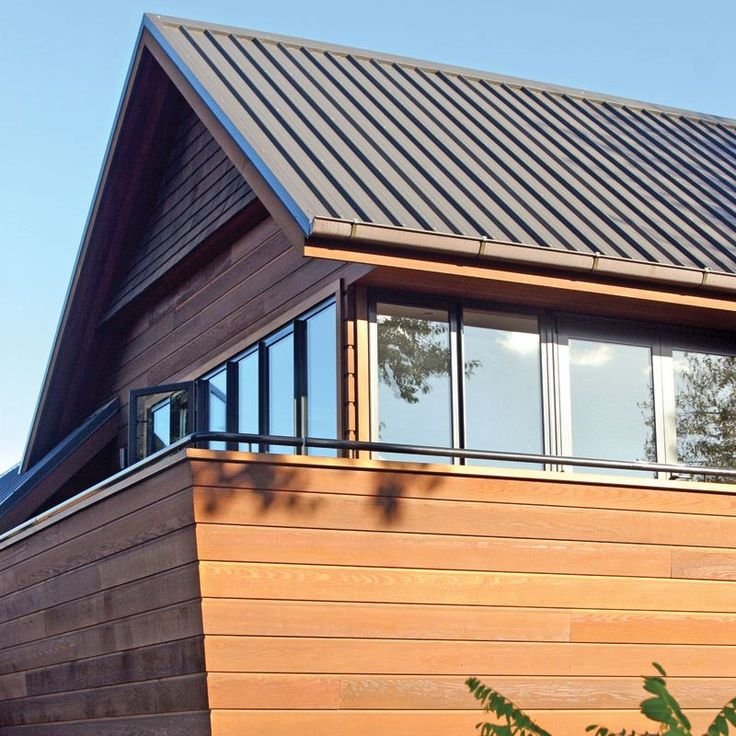Cladding level 3
About this course
Course Title: Cladding level 3
Duration: 40–60 hours (flexible modular delivery)
Target Audience: Construction professionals, architects, surveyors, installers, and inspectors.
Module 1: Introduction to Advanced Cladding Systems
Overview of Cladding
Definition, purpose, and key functions (weatherproofing, aesthetics, insulation).
Types of cladding:
Metal (aluminum, steel)
Composite (ACM, MCM)
Timber
Stone/terracotta
Glass (curtain walling)
Rainscreen systems
Regulatory Framework
Building Regulations (e.g., UK Part B – Fire Safety, Part L – Insulation).
International standards (ISO, ASTM).
Post-Grenfell reforms (e.g., UK Building Safety Act 2022).
Module 2: Materials and Performance
Material Science for Cladding
Thermal properties (U-values, condensation risk).
Fire performance (reaction vs. resistance, Euroclass ratings).
Durability and environmental impact (lifecycle assessment).
Composite Cladding Deep Dive
Core materials (PE, FR, A2).
Testing and certification (BS 8414, NFPA 285).
Module 3: Design and Engineering
Structural Considerations
Wind loading, deflection, and fixings.
Movement joints and thermal expansion.
Detailing for Weathertightness
Sealants, gaskets, and drainage strategies.
Air/water/vapor barriers.
Digital Tools
BIM integration for cladding design.
Thermal modeling software (e.g., THERM).
Module 4: Installation and Workmanship
Best Practices for Installation
Substrate preparation and tolerances.
Fixing methods (mechanical vs. adhesive).
Quality control during installation.
Case Studies of Failures
Common defects (leaks, panel detachment, thermal bridging).
Lessons from cladding-related incidents.
Module 5: Fire Safety and Compliance
Fire Engineering Principles
Spread of fire via façades (cavity barriers, fire stops).
Role of cladding in compartmentation.
Post-Installation Testing
Non-destructive testing (e.g., infrared thermography).
Remediation strategies for non-compliant systems.
Module 6: Sustainability and Innovation
Eco-Friendly Cladding
Recyclable materials, low-carbon options.
Retrofitting existing buildings.
Emerging Technologies
Photovoltaic cladding, dynamic façades.
Smart cladding (self-cleaning, air-purifying).
Assessment & Certification
Theory Exam: Multiple-choice and scenario-based questions.
Practical Assessment: Installation simulation or defect inspection.
Certification: Level 3 Award/Certificate in Advanced Cladding Systems (accredited by relevant bodies, e.g., CITB, NOCN).
Additional Resources
Guest Lectures: Fire safety engineers, cladding manufacturers.
Site Visits: Live projects or cladding fabrication facilities.
Toolkits: Checklists for design reviews, installation audits.
This course balances theory, practical skills, and compliance, addressing post-Grenfell industry needs. Let me know if you’d like to expand any section (e.g., more fire safety content or regional adaptations).
Comments (0)
Advanced cladding systems are sophisticated exterior wall systems designed to enhance building performance and aesthetics. They move beyond basic cladding materials like wood or brick and incorporate innovative technologies and materials to achieve superior insulation, weather resistance, and design flexibility. These systems often include specialized components like energy-dissipating panels, advanced insulation materials, and sophisticated connection systems.
Cladding materials and their performance are crucial aspects of building design and construction. Materials like metal (aluminum, steel, zinc), stone, glass, wood, and various composites are used for cladding, each with its own advantages and disadvantages in terms of durability, fire resistance, aesthetics, and cost. Performance considerations include thermal insulation, weather resistance, and fire safety.
Installation refers to the process of setting up or fixing something in place, while workmanship describes the skill and quality of the work performed. High-quality installation and workmanship are crucial for ensuring the proper functioning, longevity, and safety of a product or system.
Fire and safety compliance involves adhering to regulations and standards designed to prevent fires and ensure the safety of occupants in a building or workplace. This includes implementing fire prevention measures, maintaining fire safety systems, and ensuring proper emergency preparedness. It's a legal requirement and a moral obligation for businesses to protect their employees, customers, and the community.
Sustainability in cladding systems focuses on using eco-friendly materials and innovative designs to reduce environmental impact, improve energy efficiency, and promote a circular economy. This includes materials like recycled metals, natural stone, and FSC-certified wood, as well as innovative solutions like solar-integrated cladding and reflective coatings.
Quiz & Certificates





